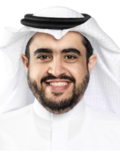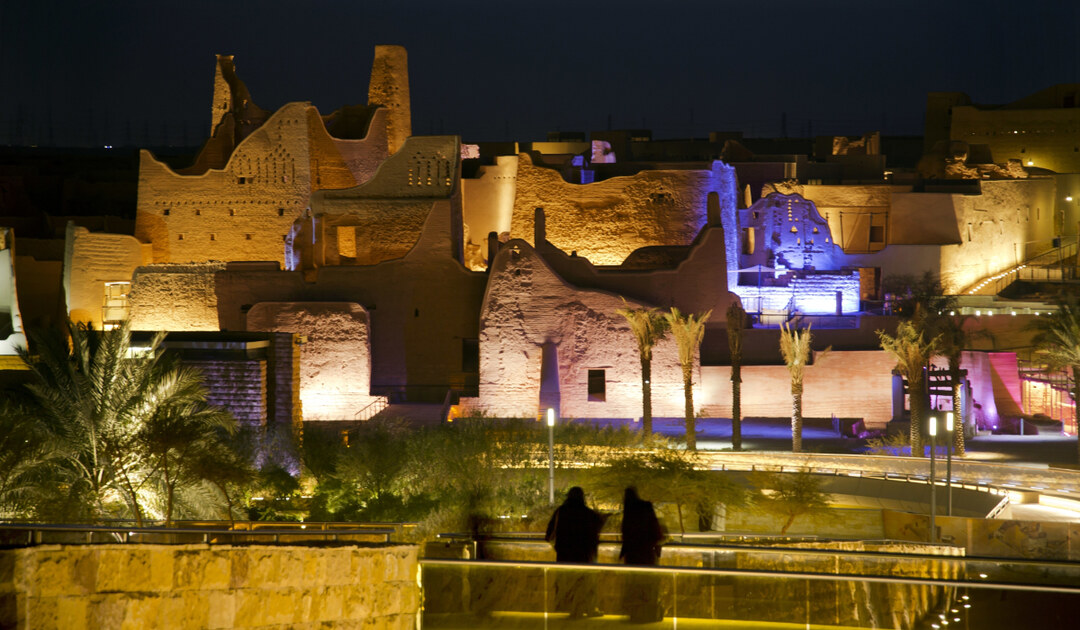Once upon a time, in the heart of Diriyah, stood my grandfather’s old house, built in the traditional Najdi architectural style. It was primarily constructed from mud bricks which helped keep the interior cool in the hot climate. The house featured central courtyards that provided ventilation and a private outdoor space for families and had two main bedrooms, one for my mother and the other for her parents.
This house was a cherished family treasure, rich with stories of the past and brimming with cultural significance. The walls, worn by time, echoed with the laughter of my mother and her sisters and whispered secrets of a bygone era. Recognizing the potential of this historic gem, the Diriyah Authority embarked on a journey to transform it into something extraordinary. Their vision was clear: Blend the old with the new, ensuring the house’s soul and cultural essence would remain untouched.
Artisans and architects approached the renovation with reverence, preserving the intricate wooden carvings and traditional adobe walls that had withstood the test of time. Every corner was meticulously restored to retain its historical charm. In parallel, cutting-edge technology was seamlessly woven into the fabric of the house.
Advanced smart city solutions were thoughtfully implemented, providing modern conveniences and enhancing safety and security, all subtly integrated in a way that remained invisible to the untrained eye. The lighting was enhanced to highlight the architectural beauty, and energy-efficient solutions were implemented to ensure sustainability.
When the transformation was complete, the house stood as a beacon of luxury, innovation and tradition. It was a perfect blend of past and future. The familiar scent of old wood mingled with the fresh, clean air of a modern home; the ancestral spirit of the house remained intact, embraced by the warmth of its technological advancements.
My grandfather’s house was no longer just a relic. It had become a symbol of the harmonious coexistence of heritage and progress.
Diriyah Authority’s dedication paid off, creating a space where the soul of the past and the innovations of the future danced together in perfect harmony. Understanding the importance of cultural preservation, Diriyah has leveraged technology to digitize and share its rich history and cultural artifacts. Tours of historical sites will be enriched with digital touches, allowing visitors to explore and appreciate the city’s heritage, effectively bridging the gap between past and future through virtual reality and augmented reality technologies. Unique to Saudi Arabia’s approach is the insistence that smart city technologies not only serve economic and efficiency gains, but also align with and celebrate the nation’s rich cultural heritage.
Saudi Arabia’s journey towards smart cities is not just about urban transformation but a leap into the future, where tradition and technology walk hand in hand. As the kingdom advances towards becoming a global tech hub, it retains its unique character and traditions. From architecture that reflects a nation’s history to digital platforms that engage citizens and residents with the authorities, the integration of technology with culture is seamless and respectful. This hands-on application of smart technologies not only enhances the quality of life for residents but also positions Saudi Arabia as a leader in the global smart city arena.
When we think of smart city technology, an image of towering skyscrapers with sleek modern designs comes to mind. However, this doesn’t have to be the case. Technology should complement and enhance our traditions, enriching them rather than replacing them with contemporary styles.
Smart city initiatives can integrate seamlessly with traditional architectural elements, preserving cultural heritage while introducing modern conveniences. By tailoring technology, we can create environments that honor the past while embracing the future. This approach not only respects cultural identity but also fosters a sense of continuity and belonging among residents.
Studies show that, by 2050, 70 percent of the world’s population will live in cities. Research suggests that spending on smart cities will grow to $1.6 trillion by 2030. The world is evolving, and as people move to major cities there is an increasing need to focus on improving the quality of life. This is where smart city technology shines.
Through the application of artificial intelligence and data, technology can explore numerous concept designs and suggest the best fit for urban planners, helping to avoid current challenges such as traffic and pollution while improving sustainability. Smart city technology also has great potential for public safety; it can reduce fatalities by 10 percent and crime by 40 percent. By implementing smart traffic prediction, congestion can be anticipated and traffic directed to alternative routes, reducing trips and lowering pollution. These are just a few examples of smart city applications.
To achieve the concept of a smart city, urban developers often implement modern designs that may accelerate the fading of a city’s heritage. This presents a significant threat to the preservation of cultural heritage. However, Riyadh’s journey towards becoming a smart city is marked by the strategic deployment of innovative technologies that aim to revolutionize the urban landscape while seamlessly integrating with the rich cultural heritage that defines the city. This evolution is not just theoretical; it is evidenced by tangible initiatives that embody the spirit of innovation while honoring the city’s traditions.
From the historic charm of Diriyah and the central city to the modern sophistication of the King Abdullah Financial District, Riyadh highlights remarkable examples of how the city’s soul and innovation can coexist harmoniously, enriching the urban experience for all.
Now, as my mother relives her childhood memories in Diriyah, people from all over the world can share this experience, thanks to the thoughtful integration of new and emerging technologies. Riyadh stands as a beacon, showing that the future does not need to come at the cost of our past — instead, it can be enhanced and preserved for generations to come.
• Ramez Al-Fayez is a seasoned executive leader and CTO/CIO with over 21 years of experience in driving digital business transformation. He is chief information and technology officer at KAFD, where he drives and manages its transformation into a smart city district.












